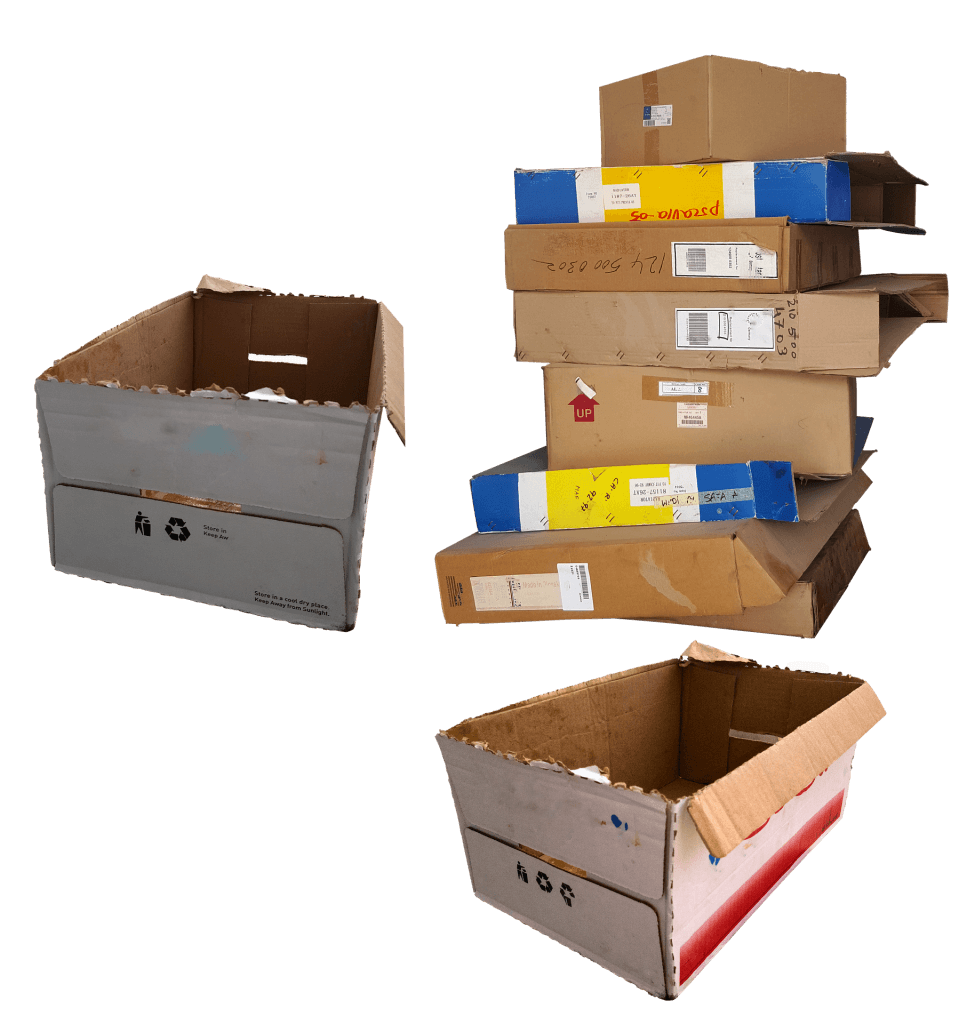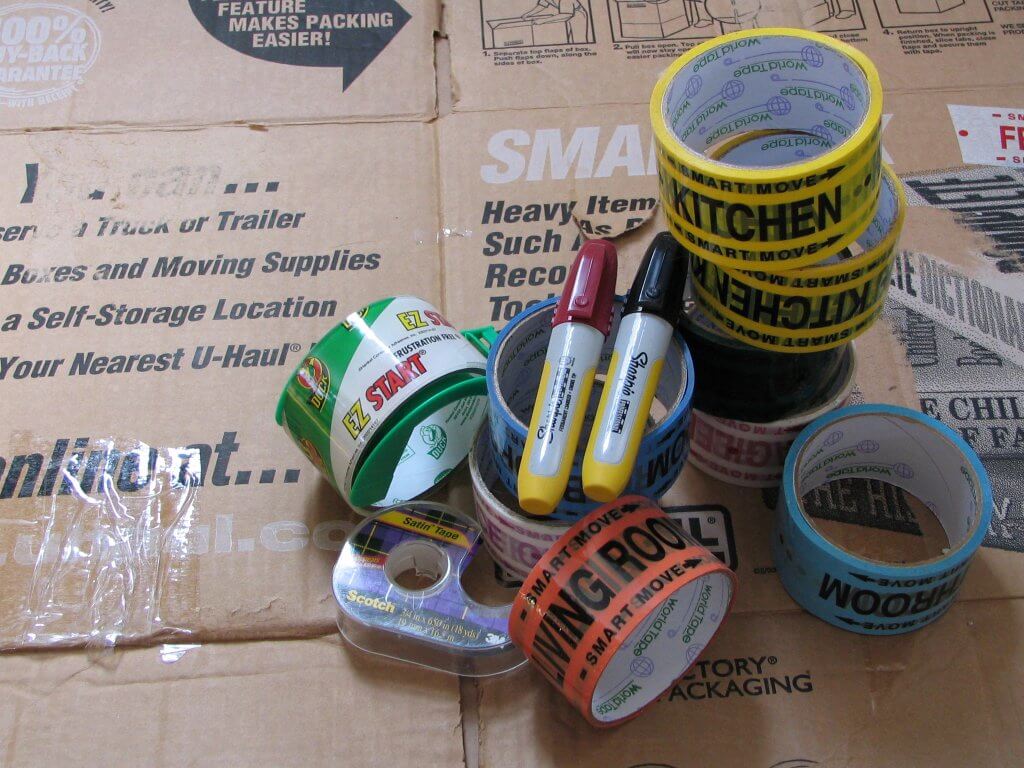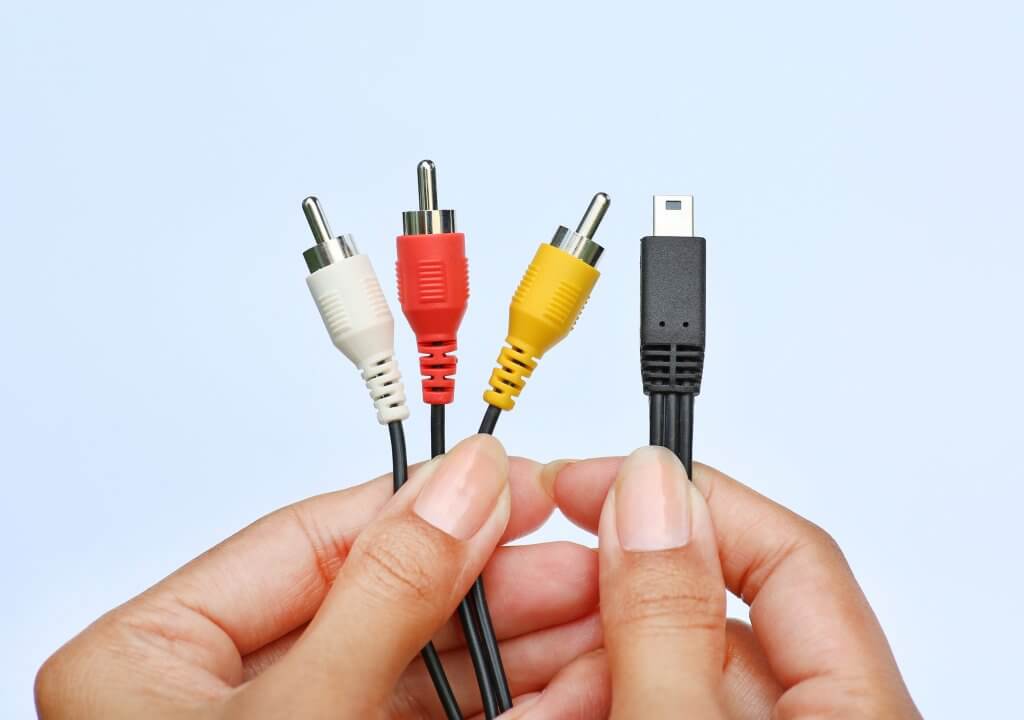20 Packing Tips (For Moving Like a Pro!)

There are a lot of decisions to make when it comes to an impending move. Should you buy or rent your next place? Should you hire a moving company or bribe your friends? Should you pay the movers to pack up your boxes or do it yourself?
Any number of different factors go into making these decisions, and none of them should be made lightly. But now that you’ve made your choice, where do you begin?
Packing boxes yourself—whether you’ve hired a moving company or not—can be a great way to save a few bucks, but there are a few things you should know beforehand if you want to also save your stuff. Here at Cento Moving & Storage, we’ve put together a list of our top packing tips to make your move that much easier.

1. DO Declutter Before You Pack
You’ll have to pay the moving company for every box (or hour) that they move, so get rid of everything that won’t be following you to the new place. If you have plenty of time before moving day, you can list good-quality items on Craigslist or Facebook and make a nice bundle of cash.
Don’t have that much time? Drag it to Goodwill or schedule a donation pickup.
2. DO Pack Early
No matter how much time you have before moving day, it’s best to get a head start on packing once you’ve made the decision to move. Start with rarely-used items (home décor, out-of-season clothing, etc.) and work your way up to the most-used items as moving day approaches.
While most people tend to put off the odious task of packing, you’ll definitely thank us later when you aren’t running around last minute trying to shove everything in the truck.
3. DO Have an Inventory List
Keep track of your belongings on a master list so you know which items are in which box as well as what condition they were in when you packed them.
It’s difficult to assign responsibility and collect insurance if you can’t name exactly what was lost or prove that something was damaged during the move and not before. If your moving company offers this for you, make sure you check it thoroughly and sign off on it.

4. DON’T Reuse Old Boxes
Picking up old boxes from the grocery store is definitely cheaper than buying new ones, but flimsy, old boxes can break, collapse, and damage your belongings.
Buy new moving boxes or rent reusable ones to keep your items safe. And if you absolutely must reuse a cardboard box, examine it carefully for strength and don’t use it to pack any fragile or valuable items.
5. DO Reuse Containers You Already Have
While cardboard can break, plastic bins and suitcases are designed to take a beating without giving in. Use the luggage, laundry baskets, and bins you already have. You’ll save money and space.
The next time you are at the grocery store, pick up an extra box of zip-top bags. They are the perfect safe spot for hardware such as screws and bolts. Label all the bags with the corresponding furniture and keep all the bags in one box.
6. DON’T Forget the Packing Materials
Throwing things in a box willy nilly might save yourself some time, but it won’t save anything from breaking. Make sure you take the time to cushion your belongings while packing to prevent them from damaging each other or the box they’re in. (A compromised box can break; then it’ll destroy everything.)
Bubble wrap, unprinted newspaper (available at your local moving supply store), and packing peanuts will make sure that everything arrives in one piece. Use crushed newsprint to fill any voids in your boxes, which will prevent crushing of your belongings.
7. DO Use Good Quality Packing Materials
Use a good quality PVC packing tape; not masking tape or the same cellophane tape you use on Christmas gifts. A cardboard box is only as good as its closure, so don’t cut any corners when it comes to securing your boxes.
8. DO Track Down Used Moving Supplies
As long as they are good-quality (see above), you can save a lot of money by tracking down used moving supplies, such as bubble wrap, packing tape, and packing peanuts.
Craiglist, Facebook, and your local Classifieds for people who are unloading packing materials that they aren’t using anymore.
9. DO Get Creative With Packing Materials
You can save money (and space) by reusing items you already have to pad your boxes. Towels, bedsheets, and clothing (that you don’t mind getting dirty) can all be used to protect breakable items on a bumpy ride.
Colorful wrapping paper can be helpful when packing smaller items, as the bright print will draw attention to a small item that might get overlooked. But avoid using the daily newspaper, as the print can rub off onto some surfaces.
10. DO Seal Liquid Items
This is a good tip any time your packing hair products, liquid soap, or anything that could leak. Unscrew the lid, cover the bottle with a square of plastic wrap, and screw the lid back on.
Many moving companies will not be able to move your cleaning products, so it’s even more important that you prevent leaks and spills (since they’ll be in your vehicle). Line the inside of a box with a trash bag and place all of the chemicals inside the bag. Once packed, seal up the bag and close the box. This should contain any leaks if anything opens or breaks during the move.
11. DO Pack a “Moving Essentials” Box
Pack a small box with “moving essentials,” such as a box cutter, extra roll of tape, extension cords, light bulbs, toilet paper, cleaning supplies, furniture feet pads, and any tools you’ll need to assemble furniture so you don’t have to rummage through boxes or make hardware store trips in the middle of moving day.
12. DO Pack Certain Items Vertically
Pack plates, framed artwork, and shallow bowls on their sides with plenty of newsprint to avoid breakage. It puts less stress on fragile décor.
13. DON’T Pack Hanging Clothes
Your local moving supply company sells wardrobe boxes complete with a hanging rod. Just take your clothes out of your closet and hang them inside the box.
Don’t want to buy a special box? While they’re still hanging in your closet, scoop your clothes up into a heavy-duty garbage bag and tie the ends around the hangers. Lay them flat in your vehicle. When you get into your new place, just hang them up and remove the bag. Easy peasy.
14. DON’T Pack Air
Any empty space left in a drawer, box, or bin is wasted space. Fill appliances (like your washer and dryer) with lightweight, durable linens. Tape heavy-duty plastic sheeting over the top of your dresser drawers so contents stay in place. Wrap your cutlery organizers in plastic wrap.
The more you pack into each box, the less boxes you (or the moving crew) will have to move.
15. DO Pack Similar Items in One Box
Books get packed with books. China gets packed with china. Packing room by room takes less time and ensures that your boxes are easy to unpack as well, since everything is right where you want it to be.
16. DO Document Your Electronic Setup
Between cable cords, gaming consoles, and your Amazon Fire stick, setting up your electronics in a new place can be a nightmare.
Whip out your cellphone and snap a picture of your TV setup before you unplug a single cord. When you get to your new place, setup will be a breeze.
17. DO Secure Hardware
When disassembling furniture for transport, keep all the hardware in a zip-top bag so it doesn’t get lost. Label the bag and tape it to the furniture as well.
18. DON’T Overload Your Boxes
Consider the weight and type of item when packing into boxes. Don’t pack fragile, lightweight items with heavy ones. All the newsprint in the world won’t stop a cast iron pan from crushing your grandmother’s antique china.
Also, a good rule of thumb is heavy items = smaller boxes, light items = large boxes. Keep your boxes under 50 pounds each, to prevent them from being dropped.
19. DO Label Your Boxes
Pack and label each box with where it is going in the new house (not where it was in the old one). This will make it easier for the movers to get it to the right place. Use a bold, felt-tipped marker (not a pen or pencil) to label the top and sides of each box (that way, the label will still be visible even if boxes are stacked). Write “FRAGILE” or “THIS END UP” wherever appropriate to prevent your moving crew from damaging anything.
It’s also a good idea to label the rooms in your new house or apartment. Your movers won’t know which room is the office, but labeling the door and the box lets them know exactly where to put your computer. If you really want to impress your moving company, include your bill of lading number (which can be found on your contract or invoice), your last name, and a special mark (1, A, or a star) on boxes you want to unpack first. Who says moving can’t be strategic?
20. DON’T Pack Everything
That first day will be hectic, and you’re not likely to unpack everything right off the bat. Pack an overnight bag with everything you might need for a typical weekend trip (include pajamas, a change of clothes, toiletries, your phone/charger) so you aren’t searching through your taped-up boxes looking for your toothbrush.
Other items to leave out of boxes (or off trucks) are extremely valuable items (such as jewelry) and anything that your moving company is legally prohibited from transporting (ask your service provider).
Another thing you’ll want to leave off the moving truck? Anything that belongs with the house. Garage door openers and house keys should be left off the truck.
Moving to a new house or apartment doesn’t have to be stressful. With these packing tips and a little help from your friendly local moving crew, you can be well on your way to your new life in no time.
Recent Posts
- The Ultimate Guide to Packing Office Equipment April 12, 2024
- How to Find a Reliable Mover (and Avoid Scams!) April 5, 2024
- How Much Does It Cost To Move (Without a Moving Company)? March 13, 2024













Comments are closed.